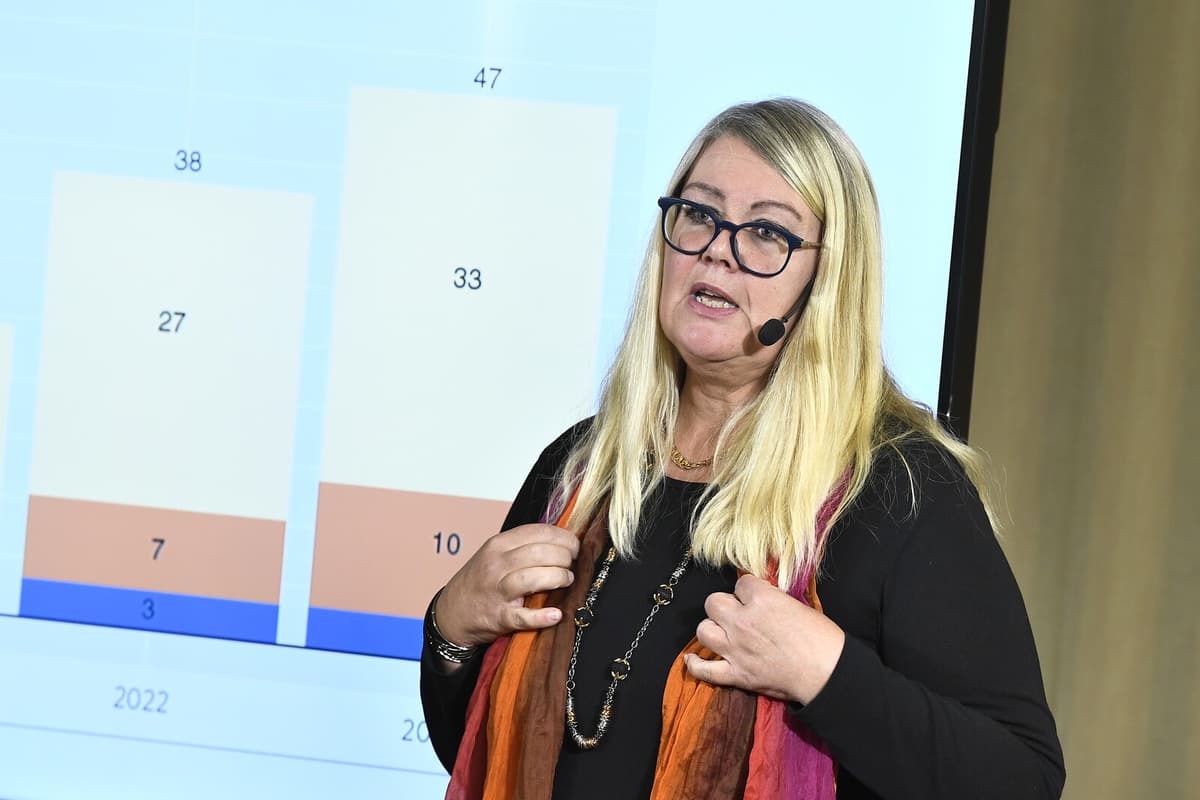The economic situation for Sweden's municipalities and regions has been a major political issue in recent years, with rising inflation and increased expenditure putting significant pressure on operations.
In 2024, the municipal sector is expected to have the worst economic result of the 2000s – with a deficit of 8 billion.
But now, a significant improvement is expected for the sector. Not only because the government allocated 7.5 billion kronor to the sector in the autumn budget. The lower inflation rate means that municipalities' pension costs will decrease significantly in the coming years, the same applies to regions, according to the municipal sector's interest organization SKR.
Weaker for regions
Next year, the sector is expected to make a total surplus of 28 billion kronor, 25 billion for municipalities and 3 billion for regions. But not all municipalities and regions are equally fortunate.
- This means that several regions will still not reach a plus level, which would be the third year in a row, notes SKR's chief economist Annika Wallenskog.
It also requires fairly large measures to achieve this result of three billion.
The surplus will not be enough for the major investments needed, primarily in infrastructure, writes SKR in the report. This includes, among other things, water and sewage systems as well as climate adaptations.
The situation is worst for rural municipalities, which often have extensive water and sewage systems. SKR notes that there can be a 500 percent difference between different municipalities' water and sewage taxes.
An additional challenge
An additional challenge is demographic changes when the elderly become increasingly numerous while fewer children are born.
For regions, the effects of the pandemic also persist, notes SKR. Many regions are still working to catch up on postponed care. Another consequence is the impact the pandemic has had on public transport as a result of remote work. This means a loss of revenue, and according to SKR, it will take until 2028 for travel to return to pre-pandemic levels.





